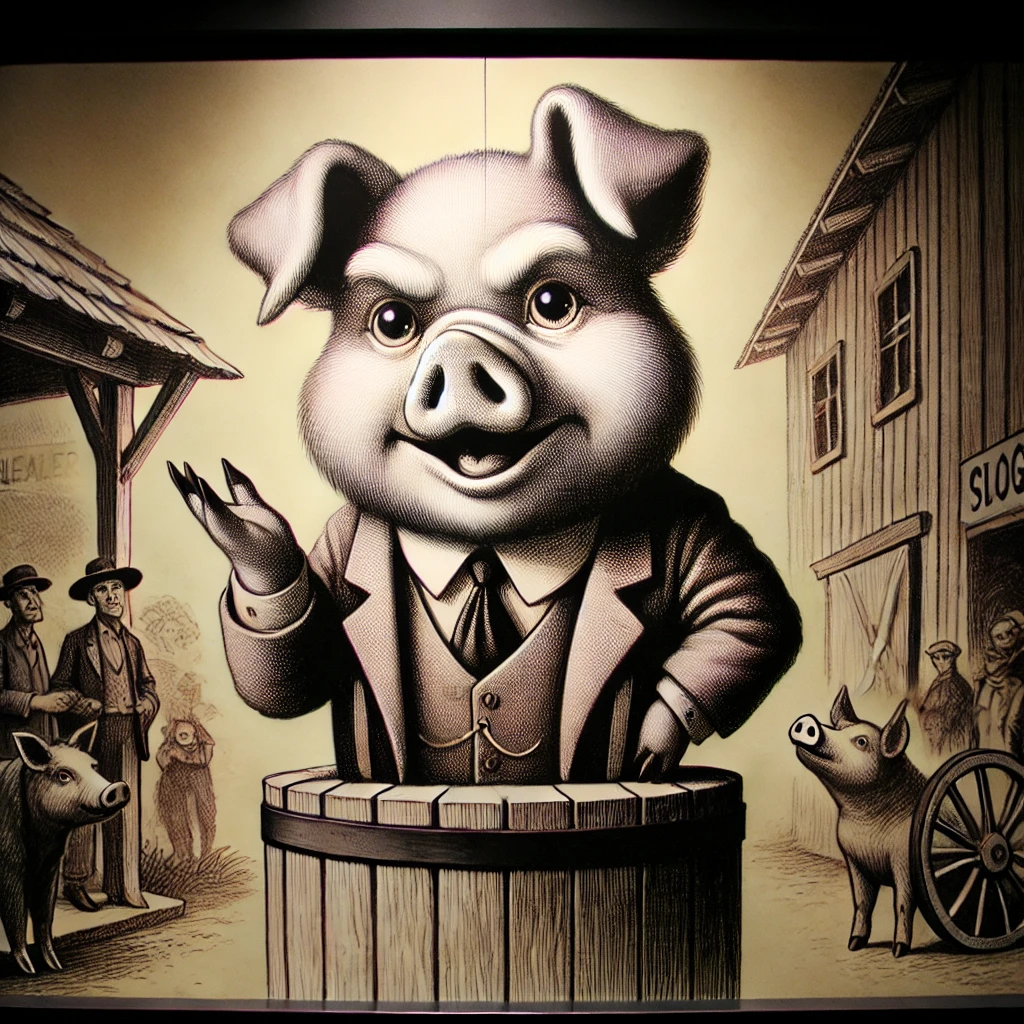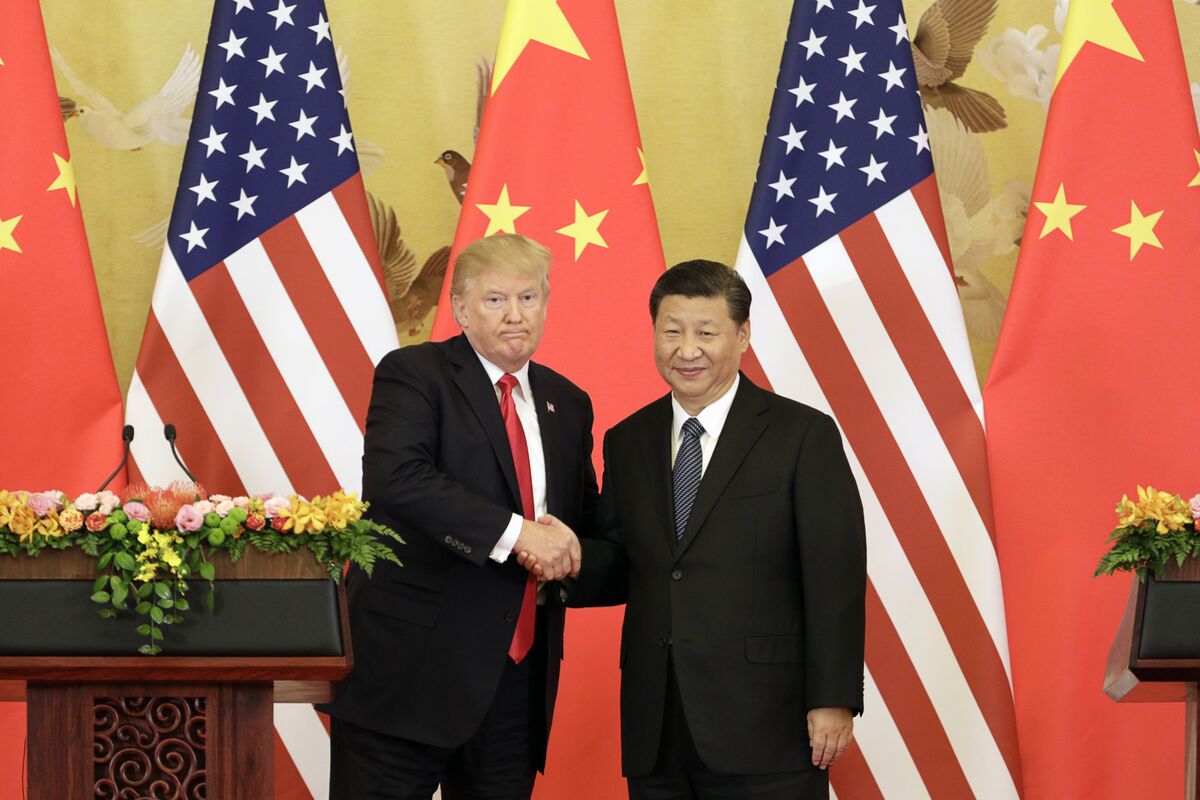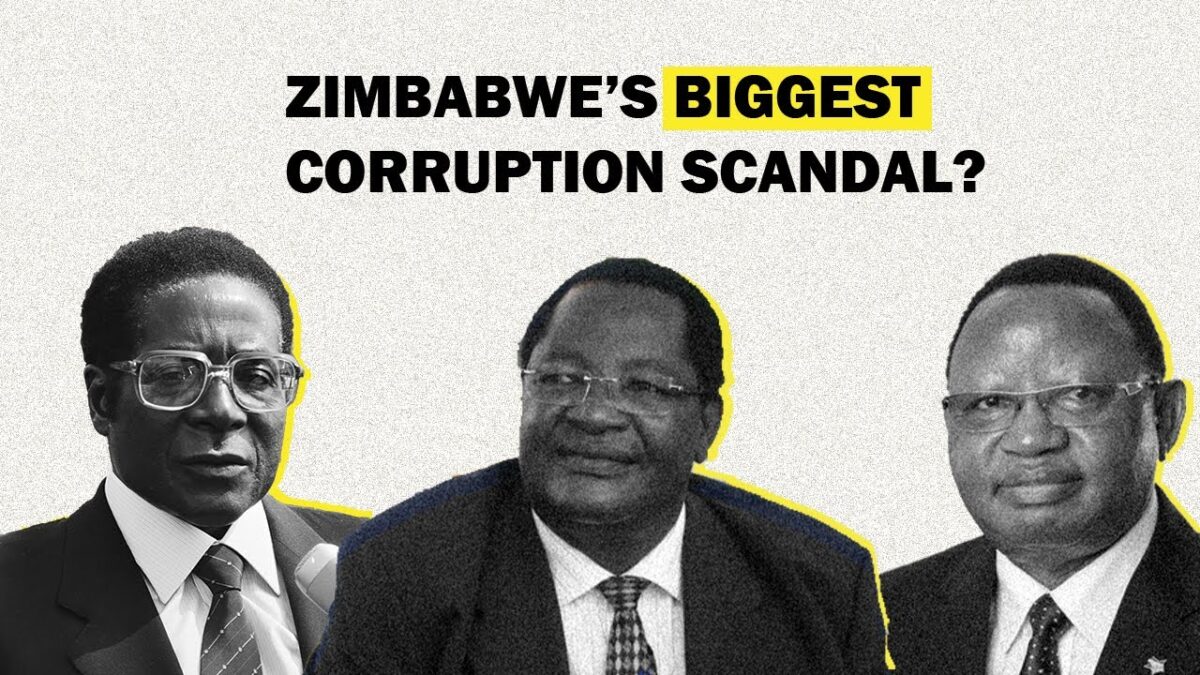
Vladimir Putin’s Invasion of Ukraine
In February 2022, President Vladimir Putin ordered a full-scale invasion of Ukraine, deploying approximately 200,000 troops from multiple fronts with the intent to seize major cities, including Kyiv, and to depose the Ukrainian government – and what is the political and business strategy?
Political Strategy: Putin’s actions have been interpreted through various lenses, including defensive geopolitical rationality and imperial ambitions. Some analysts argue that the invasion aimed to prevent Ukraine’s integration into Western institutions like NATO and the EU, which Russia perceives as threats to its sphere of influence. Others suggest that Putin seeks to reassert control over territories historically linked to Russia, reflecting a neo-imperialist agenda – and what is the political and business strategy?
Business Strategy: The invasion also had significant economic dimensions. Ukraine possesses substantial reserves of natural resources, including energy reserves, metals, and minerals valued at over $26 trillion. By seizing territories rich in these resources, Russia could potentially enhance its economic leverage, particularly in energy markets.
Donald Trump’s Ambitions Toward Canada and the Arctic
In his second term, President Donald Trump has articulated expansionist policies, including the annexation of Canada and the acquisition of Greenland. He has suggested using economic measures, such as imposing tariffs, to pressure Canada into joining the United States as the 51st state and not Area 51. Trump’s interest in Greenland is driven by its strategic location and resource potential.
Political Strategy: Trump’s proposals represent a significant departure from traditional U.S. foreign policy, reflecting a more aggressive stance toward territorial expansion. These ambitions have raised concerns among allies and analysts about potential geopolitical instability and the erosion of established international norms.
Business Strategy: The Arctic region, encompassing parts of Canada and Greenland, is rich in untapped natural resources, including oil, gas, and minerals. Control over these areas could provide substantial economic benefits, aligning with Trump’s focus on securing energy independence and economic growth.
Comparative Analysis
Both leaders have pursued strategies that intertwine political objectives with economic interests. Putin’s invasion of Ukraine reflects a combination of geopolitical maneuvering to reassert influence over former Soviet territories and securing valuable natural resources to bolster Russia’s economy. Trump’s expansionist aspirations toward Canada and the Arctic are driven by strategic considerations to counter rival powers in the Arctic and to exploit the region’s resource wealth.
However, the execution and reception of their strategies differ markedly. Putin’s military intervention has led to international condemnation, economic sanctions, and a protracted conflict with significant human and economic costs.In contrast, Trump’s proposals, while provocative, have not translated into direct military action but have strained diplomatic relations with traditional allies and raised questions about the future direction of U.S. foreign policy.
Aggressive Tariff Policies
In line with his assertive leadership style, Trump implemented aggressive tariff policies aimed at protecting American interests. In February 2025, he imposed a 25% tariff on all imports from Canada and Mexico and a 10% tariff on imports from China, citing concerns over illegal immigration and drug trafficking. These measures were intended to pressure neighboring countries into addressing issues that Trump perceived as threats to U.S. national security.
The tariffs had significant economic implications, leading to increased costs for industries reliant on imported materials.For instance, the construction sector faced higher expenses due to tariffs on lumber and appliances, resulting in increased prices for new homes and remodeling projects. Additionally, companies experienced operational challenges, with uncertainty about future tariffs causing a state of “paralysis” among businesses, complicating supply chain planning.
Projection of Strength and Pragmatism
Trump’s tariff strategy can be viewed as an attempt to project strength and pragmatism. By taking bold actions against perceived unfair trade practices and security threats, he aimed to demonstrate a commitment to protecting American interests. However, these policies also led to strained relations with traditional allies and sparked debates about the long-term economic impact on the U.S. and global economies.
Who is the “bigger man” in terms of political and business strategy depends on the metrics used. Putin’s actions demonstrate a willingness to use military force to achieve geopolitical and economic objectives, reflecting a high-risk, high-cost approach. Trump’s strategies, while expansive in vision, have primarily utilized economic and diplomatic pressures, indicating a different calculus of risk and reward. Given the choice, would Trump opt for military power?
In all of this, where is Ivanka and her husband?
After all, it’s not easy to prove hands are not feet
Sources
cfr.org, en.wikipedia.org, wsj.com, atlanticcouncil.org, reuters.com, forbes.com, apnews.combusinessinsider.com, whitehouse.gov,
Discover more from sbnn
Subscribe to get the latest posts sent to your email.








